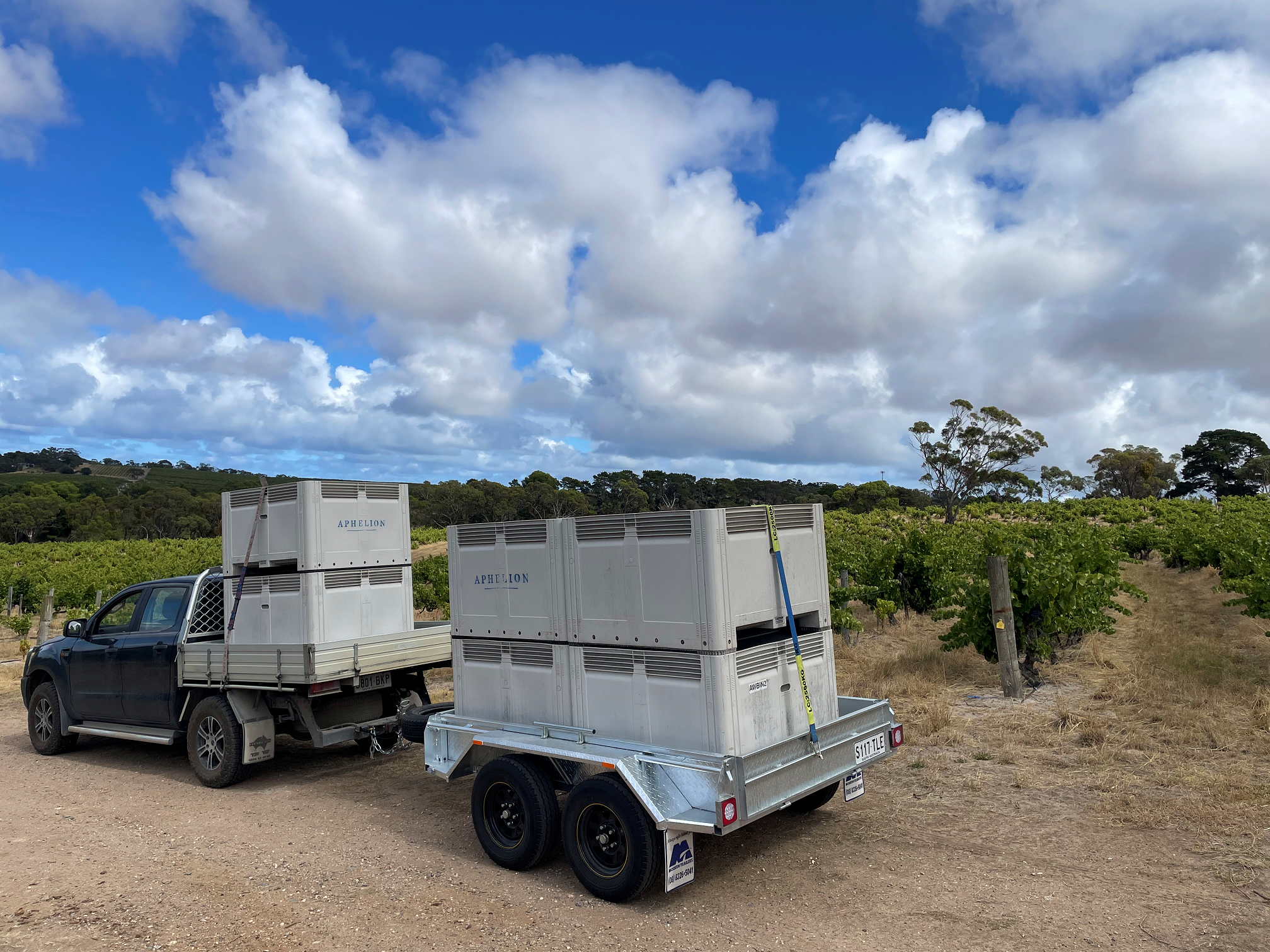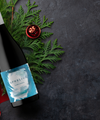Recent Post
Archive
- November 2025
-
- Gifts That Keep Giving: Thoughtful Christmas Presents for Wine Lovers
- Christmas Wine Flipbook for Gifts Savoured Beyond The Last Drop
- End of Year Offers Incoming! End The Year With A Bang!
- For Those Who Appreciate What Others Miss
- The Truth About Wine Clubs: Pros, Cons & Everything In Between
- Should We Use the CAPR Closure on Our Welkin Range?
Tags
Custom Menu

Behind The Scenes: What Happens During Vintage
Louise Rhodes
Mar 30, 2025
How It Happens: The Vintage Process Step By Step
Vintage - sometimes called grape harvest - is the most exciting (and a little bit nerve wracking!) time in the winemaking calendar.
In McLaren Vale, South Australia, vintage tends to be in late Summer or early Autumn.
In La Nina years, it tends to commence later and in El Nino years it tends to commence earlier.
The general trend is that vintage is getting earlier.
During vintage, the following activities take place:
- Grape Sampling & Testing;
- Grape Picking;
- Winery;
- Fermenting.
The winemaker doesn't really get to rest outside of vintage though. The winemaking process continues on before and after vintage (that is the subject of another future blog post!).
Grape Sampling & Testing

The nervous excitement starts sometime in January. It’s time to grab the sampling bags and start visiting the vineyards, walking the rows, and grabbing sample bunches from throughout our blocks. These samples are crushed and then the juice analysed in the winery lab for key metrics like acid and sugar. The juice is tasted to asses flavour development.
Picking

Once the samples show that the acidity, sugar levels and flavour are about to be what Rob wants them to be - and the weather conditions will be favourable - Rob will schedule the pick with the grower and picking crews.
This involves dropping picking bins to the vineyards, collecting them when they have been filled with picked grapes, and transporting them to the winery.
Winery

At the winery the picking bins full of grapes are forklifted off the ute into the small winemakers area.
The grapes are weighed and tipped into a clean & prepared fermenting vessel.
Fermenting vessels are open or closed containers in which the grape sugars are converted into alcohol through the activity of yeast.
Some fermenting vessels also serve as maturation vessels.
Fermenting

We have an ever expanding range of fermenting & maturating vessels.
Our ferments often kick off with wild yeasts, then to ensure complete fermentation cultured yeasts are added.
If the ferments are 100% whole bunch, they need to be foot stomped to release the juice to allow fermentation to commence.
Why Different Fermentation Vessels?
Each material, size and shape influences the final wine's flavor profile, texture, and overall style.
Stay tuned for an upcoming blog post about our different fermentation vessels!
Sneak Peek At Our New Toys In The Winery!

Joining our French concrete egg, two steel tanks, two 2400 L Foudre’s, and our first Italian “Drunken turtle” we have two new vessels this year.
Introducing:
On the left we have our new “Clayver”
On the right is our second Italian “Drunken Turtle”
← Older Post Newer Post →




